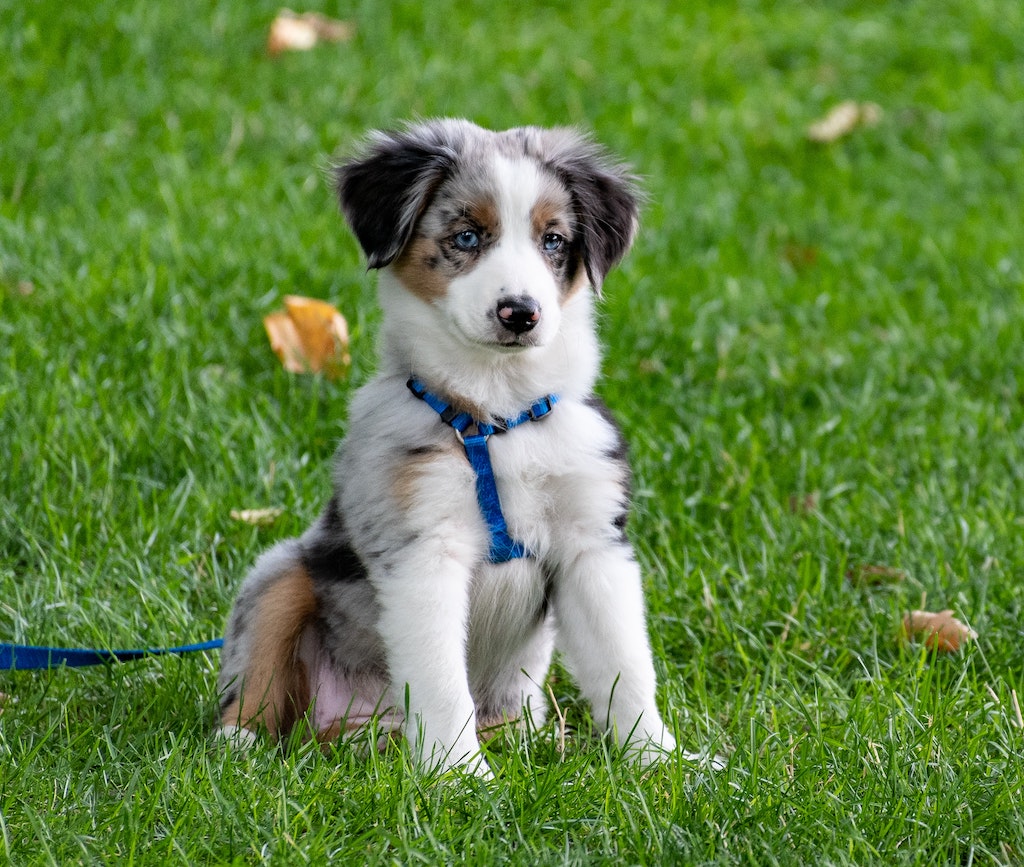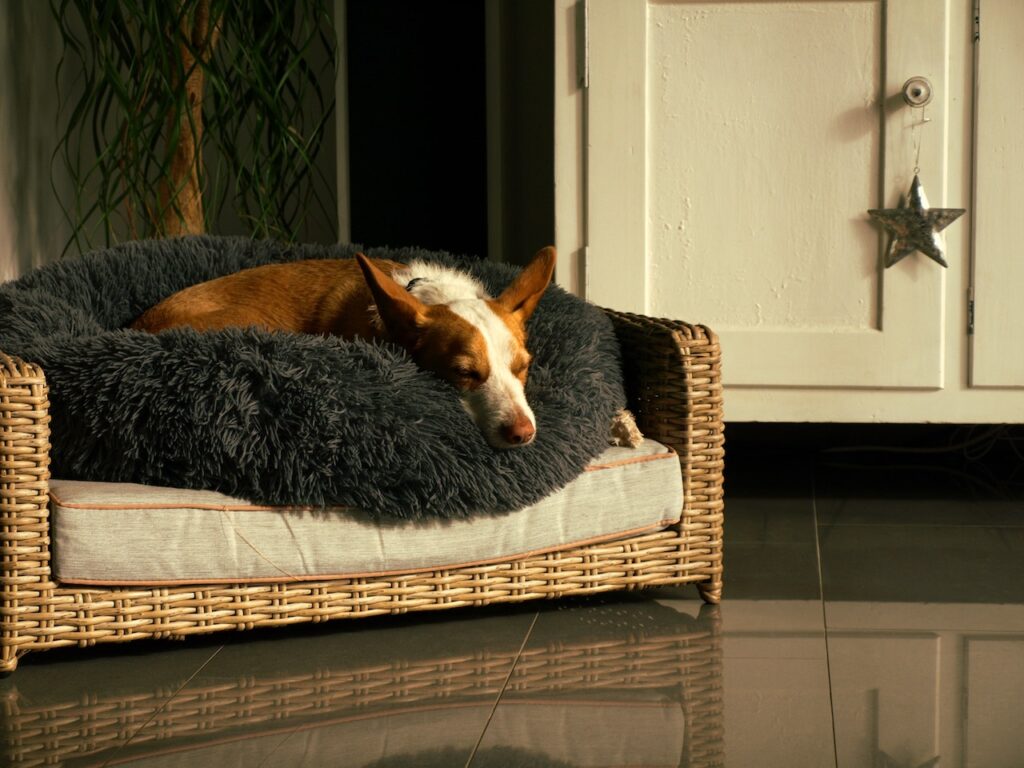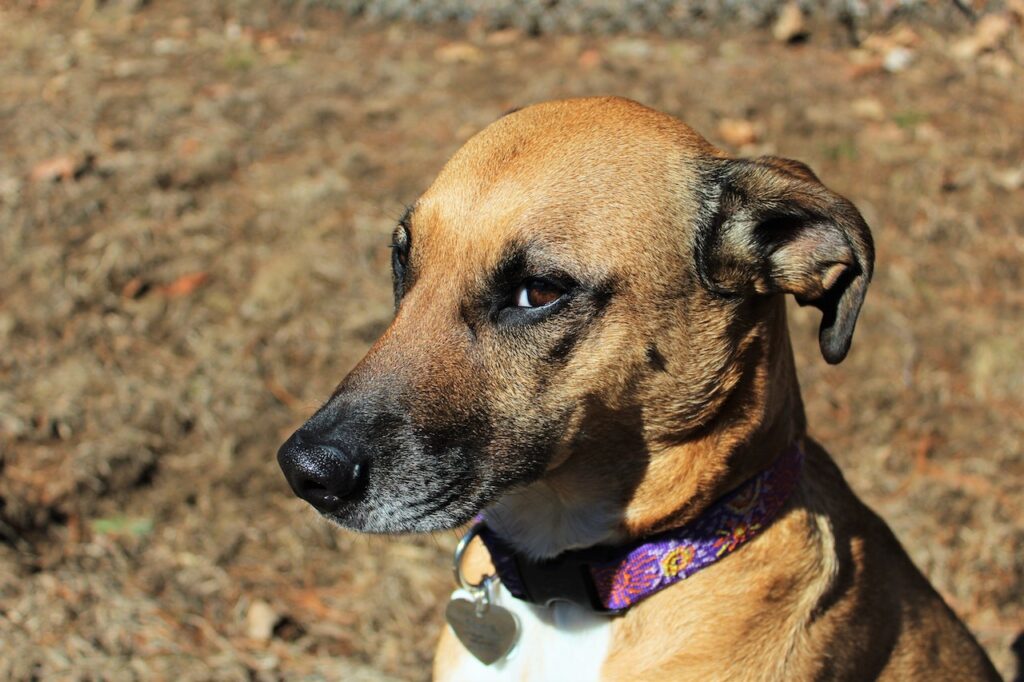A guide to lead walking a puppy
Bringing a new puppy home is an exciting adventure, but one aspect that often poses a challenge for many puppy owners is teaching their puppy friend to walk on a lead. Walking on a lead is an essential skill that ensures the safety of your puppy and allows for enjoyable outings together.
It is generally safe to start lead walking your puppy out in public places once they have received their full set of vaccinations and have been cleared by your vet to go outside. This usually happens around 12 to16 weeks of age, but it can vary depending on the specific vaccination schedule and the advice of your vet.
In this blog, we will explore the things we can do to prepare your puppy for lead walking, the equipment needed and effective techniques to help you master the art of lead walking with your new puppy. We also take a look at what is the right amount of time to exercise a growing puppy and offer handy links to relevant and useful products in the marketplace.
Preparing your puppy for lead walks
Until your puppy is fully vaccinated, it’s important to prioritise their health and minimize the risk of exposure to infectious diseases. This means that outside adventures should be confined to your garden or quiet places with no contact with other dogs that may have not been vaccinated. However, you can still begin training them to get accustomed to wearing a collar or harness and the feeling of having a lead attached indoors or in a secure, controlled environment like your garden or back yard.
Puppy homework
Introduce the lead gradually to your puppy in a positive and gentle manner. Allow them to sniff and investigate the lead before attaching it. Reward their curiosity with treats and praise to create positive associations.
Begin the lead training process indoors or in your garden, it’ a quiet and familiar environment. Use treats and encouraging words to guide your puppy to walk beside you. Keep the lead loose and maintain a relaxed posture to avoid any tension.
Short and Fun Sessions
Keep these home training sessions short to prevent your puppy from becoming overwhelmed or losing interest. Gradually increase the duration as your puppy becomes more comfortable with the lead. Make the sessions engaging and enjoyable by incorporating play and rewards.
Basic Equipment for puppy lead training
To set your puppy up for success, invest in a well-fitting, comfortable harness, collar and a sturdy lead. Choose equipment that is appropriate for your puppy’s size, breed and age, ensuring it provides control without causing discomfort.
Choosing a harness for walking a puppy instead of a collar offers several benefits and is often recommended by trainers and vets. Here are some reasons why we prefer harnesses for puppy walking:
Comfort and Safety: A harness distributes the pressure from pulling or tugging across a larger surface area, reducing the strain on a puppy’s neck and throat. By avoiding pressure on the neck, a harness helps prevent potential injuries and discomfort.
- Control and Security: Puppies are curious and full of energy, making them prone to pulling or trying to slip out of their collars. A properly fitted harness provides better control over your puppy’s movements and helps prevent them from escaping. This is particularly crucial during walks near busy roads or in crowded areas.
- Training Support: Harnesses can be useful for training purposes, especially if your puppy is still learning proper lead manners. Some harnesses come with front-clip attachments that discourage pulling and redirect your puppy’s attention back to you. This allows for better control and helps in teaching loose-leash walking.
- Reduced Risk of Injury: Puppies have delicate necks, and excessive pulling or jerking on a collar can potentially cause harm, such as neck strain or even choking. A harness reduces the risk of injury by dispersing the force evenly throughout the body.
When choosing a harness for your puppy, opt for one that is specifically designed for their size, breed, and age. It should be adjustable, secure, and comfortable, allowing your puppy to move freely while maintaining control. Proper fitting and regular inspections are essential to ensure your puppy’s safety and comfort during walks.
Great Value | PaddingPaws Adjustable harness Available in XS, S, Medium & Large Sizes. This value harness comes in a variety of colours, has an easy to use size guide and is made from soft polyester mesh. The harness is waterproof, adjustable and has a secure buckle for safe fastening. |
Harness Set | Puppy Harness with lead set Available in S, M, L and XLarge Sizes. This is a step-in harness, rather than going over your puppies head. Made of high quality suede material with reflective elements. It has an easy to follow size chat and comes with a same colour lead. Harness set is available in different colours. |
Bigger Pups | TrueLove Puppy / Dog Harness Perfect for a medium to large puppy breed. Available in XS, S, M, L and XL with a easy to follow size guide. This harness is for a more robust, rough and tumble, adventuring puppy. Made of durable nylon with reflective elements for night time walks, padded in the chest and belly area for comfort. |
The importance of microchipping a puppy
Before you take your puppy outside to walk or socialise with other pups it’s vitally important that you have had your precious pup microchipped. This is not only a legal requirement in the UK but also in the scary event that your puppy gets lost or goes missing then a microchip will help to get you reunited. We have written a useful blog about microchipping a dog click here to have a read.
Effective techniques to lead walk a puppy
Once your puppy has received the necessary vaccinations, you can gradually start introducing them to the outdoors and begin lead walking. Remember to choose quiet, low-traffic areas initially to minimise distractions and potential risks.
Training a puppy to walk on a lead is an essential skill that requires patience, consistency and positive reinforcement. Here is our step-by-step guide to help you train your puppy to walk on a lead:
Introduce Loose Lead Walking
Hold the lead with a relaxed grip and encourage your puppy to walk beside you. Use verbal cues like “heel” or “let’s go” and reward them with treats when they walk calmly by your side. Keep the lead loose to allow for freedom of movement.
Take Short Walks
Gradually transition to outdoor walks in a low-distraction area. Start with short walks to prevent your puppy from becoming overwhelmed or exhausted. Focus on reinforcing loose lead walking and rewarding them for good behaviour.
Maintain a Positive Attitude
Stay positive and enthusiastic during the training sessions. Offer verbal praise, treats and affection to reward your puppy for walking nicely on the lead. Avoid yanking or pulling on the lead, as this can create negative associations and hinder their progress.
Use Positive Reinforcement
Whenever your puppy walks calmly on the lead, reward them with treats and praise. Positive reinforcement reinforces the desired behaviour and helps your puppy understand what is expected of them. Be consistent in your rewards to reinforce the positive association with walking on a lead.
Address Pulling
If your puppy starts pulling on the lead, stop walking and wait for them to calm down. When they return to your side or loosen the tension on the lead, resume walking and reward them for the correct behaviour. Consistency and patience are key to teaching them to walk without pulling.
Gradually Increase Distractions
As your puppy becomes more comfortable walking on a lead in familiar environments, gradually introduce more distractions. Expose them to different sights, sounds, and smells to help them learn to stay focused on you and walk calmly even in stimulating environments.
Seek Professional Guidance
If you encounter challenges or your puppy is displaying persistent behaviour problems during lead training, consider seeking guidance from a professional dog trainer or find a local puppy training class. They can provide personalised advice and techniques to address specific issues.
Always keep an eye on your puppy’s behaviour and comfort level during lead walks. If they seem overwhelmed, scared, or show signs of exhaustion, provide them with breaks and adjust the duration and intensity of the walks accordingly.
Exploration and Socialisation
Lead walking is not just about exercise; it is an opportunity for your puppy to explore the world and socialise with others. Allow them to sniff and investigate their surroundings within safe limits. Encourage positive interactions with people and friendly dogs this nutures good social behaviour.
Great Value | PaddingPaws Adjustable harness Available in XS, S, Medium & Large Sizes. This value harness comes in a variety of colours, has an easy to use size guide and is made from soft polyester mesh. The harness is waterproof, adjustable and has a secure buckle for safe fastening. |
Harness Set | Puppy Harness with lead set Available in S, M, L and XLarge Sizes. This is a step-in harness, rather than going over your puppies head. Made of high quality suede material with reflective elements. It has an easy to follow size chat and comes with a same colour lead. Harness set is available in different colours. |
Bigger Pups | TrueLove Puppy / Dog Harness Perfect for a medium to large puppy breed. Available in XS, S, M, L and XL with a easy to follow size guide. This harness is for a more robust, rough and tumble, adventuring puppy. Made of durable nylon with reflective elements for night time walks, padded in the chest and belly area for comfort. |
What is the right amount of exercise for a puppy?
The amount of walking a puppy should do depends on their age, breed, size and individual needs. Puppies have growing bodies and developing joints, so it’s important not to overexert them. We have published an article that fully covers the amount of exercise needed by a puppy click here to have a read, in the meantime here are some general guidelines to consider:
Age
For very young puppies, short and frequent walks are recommended. A good starting point is around 5 minutes of walking per month of age, up to twice a day. For example, a 3-month-old puppy could have two 15-minute walks per day.
Breed and Size
Larger breeds generally have slower growth rates and can handle longer walks at an earlier age compared to smaller breeds. Consult with your vet to determine what is appropriate for your specific breed and size.
Energy Level
Consider your puppy’s energy level. Some puppies have higher energy and may require more exercise to help them burn off excess energy and stay mentally stimulated.
Gradual Increase
As your puppy grows, you can gradually increase the duration and intensity of their walks. However, it’s important to pay attention to their cues and not push them beyond their limits. We have published a blog about the right mount of exercise for a puppy click here to have a read.
Mastering the art of lead walking with your new puppy requires patience, consistency, and positive reinforcement. By following these guidelines, you can lay the foundation for a lifetime of enjoyable and safe walks together. Remember, each puppy is unique, so adapt the training methods to suit your puppy friend’s personality and learning style. Embrace the journey, celebrate progress and enjoy the bonding experience as you explore the world side by side with your dog friend.







